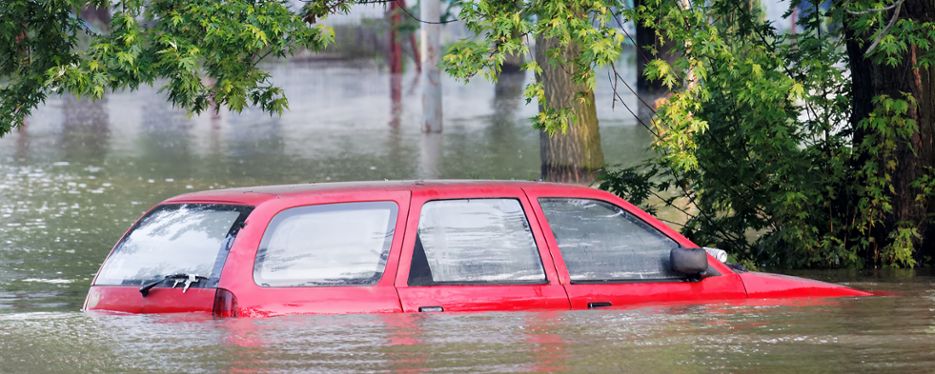Insurance
Today, almost everyone has some form of insurance protection against natural damage. Damage caused by extreme weather can become more common and result in increased insurance premiums. This should motivate various agents to engage in damage-prevention work.
The business concept of insurance companies is to offer protection against unexpected financial losses. One of the basic criteria for insurance is that any risk must occur suddenly and be unexpected. The cost of an insurance premium is calculated following assessment of the risks. If, for example, a property has regularly been subjected to flooding, the risk of this reoccurring may be assessed as being high.
When a risk of damage is deemed to be too high, it may become impossible to insure. The first such case in Sweden happened in 2018, when the Länsförsäkringar insurance company informed the owner of a coastal property in Kristianstad that they would no longer be able to insure the property. There are property owners in both the United Kingdom and Denmark who are no longer able to insure their homes against floods.
In many ways, Sweden’s insurance companies are interconnected with the global insurance industry. Even the insurance companies insure themselves against financial losses by means of so-called ‘reinsurance’. The price of reinsurance is likely to increase somewhat, as the effects of climate change result in more – and more expensive – damage claims and losses on a global scale.
Insurance companies provide signals to society
Increased premiums and the risk of not being able to take out insurance policies increase the importance of damage-prevention work and adaptation. A property owner can implement several measures in order to reduce the risk of flooding. One example could be the installation of check-valves/pumping systems in cellars, or the laying of non-asphalted surfaces around the building so that rainwater can be absorbed into the ground.
According to Sweden’s Planning and Building Act, the municipalities have the responsibility to ensure that buildings continue to function for ten years after the establishment of the detailed plan. The service provider for water and drainage has ongoing responsibility for ensuring that this service is fully functioning. In the event of flooding caused by a cloudburst, an insurance company may demand compensation from the service provider responsible for water and drainage to cover its own payment of compensation to individual property owners. This provides both municipalities and those with responsibility for water and drainage good reason to make careful plans for changes in climate.
The ways in which insurance companies manage their capital could also contribute to climate adaptation. Companies can invest their resources in organisations or assets that promote the conversion process and/or provide finance for adaptation measures.
Finance
Climate-related risks will become increasingly apparent and will receive greater national and international attention from investors, lenders and businesses. This applies both to the physical risks that arise either urgently or more gradually as a result of a warmer climate and to the risks that arise from the transition towards a society with drastically reduced emissions.
Changes to the climate could result in risks of financial instability. Assets in the form of (for example) land, forests, buildings, transport and transport routes may be damaged by extreme weather events.
Supply chains may be disrupted or eradicated. Companies’ business models could become unprofitable as it will no longer be possible to gain sufficient access to water or due to the disappearance of transportation routes.
It could also be the case that office buildings and production facilities will not function as before, and that employees are affected by extreme heat, flooding or other factors.
Better assessment of climate risks
Companies that report their climate-related risks make things easier for actors on the finance market. This enables investors to make better assessments of a company’s worth and future prospects, thereby reducing financial losses for both themselves and their customers. The same applies to banks and insurance companies.
This approach means that capital is steered away from risk-filled organisations and directed instead to companies that are better able to manage the risks. This gives savers and administrators the opportunity to encourage the climate adaptation of organisations, as well as the reduction of greenhouse gas emissions.
